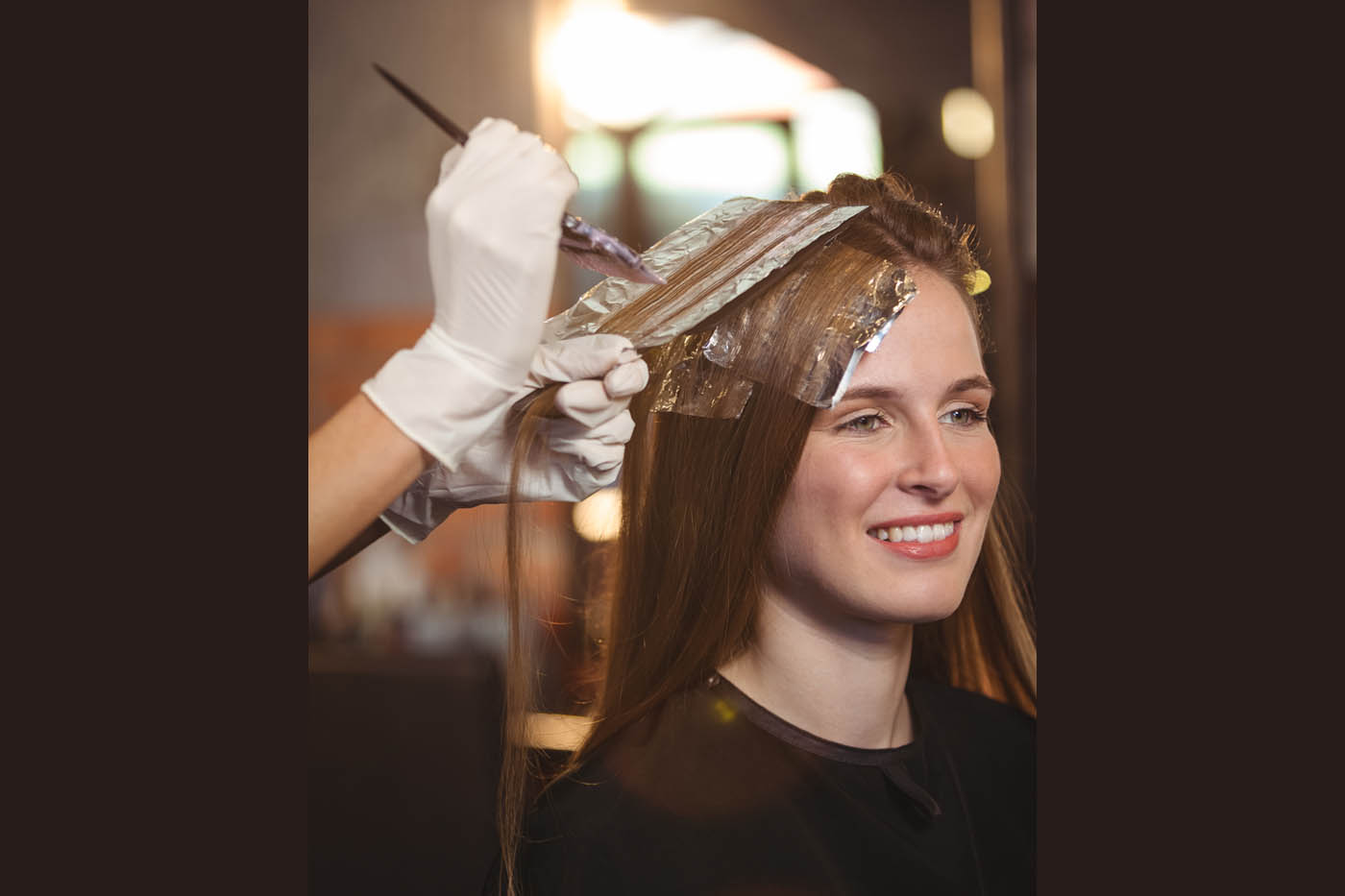Placid Braganza shares insights on the common misconceptions about Foilayage
As hair colouring becomes more and more popular around the world, newer and newer techniques emerge to give the coloured hair a different look-feel. The Foiling technique is one of these interesting styles of doing hair colour, but there are many misconceptions about it.
In conversation with the SSWEEKLY, Placid Braganza, Celebrity Hairstylist, Founder, Placid Hairdressing & Skin and HBS Hair Jury Member busts some of the most common myths about the Foilayage technique.
What is the difference between Balayage and Foilayage?
Balayage is a freehand hair painting technique that gives a natural, sun-kissed look to the hair. Derived from French, balayage means “to sweep” or “to paint” which is why it is known as hair painting. The product is applied to hair in a painting fashion to create a more blended feel, from dark to light. It’s left to process open or covered with a cling film which results in a cascading effect, appealing to the eye.
Foilayage is similar to balayage in terms of hair lightening technique but offers different results. Foiling is done by sectioning the hair before applying the colour or pre-lightener. After the colour is applied, the hair is wrapped in foil for processing.
Foiling conducts heat better than open air or cling film, allowing the color to penetrate and process deeper into the hair and keeps the treated hair separate from untreated hair.
What are common Foilayage problems?
- Foiling can result in harder demarcation lines
- It uses more product and consumes more time than a Balayage
- The most common mistake is applying the colour on the foil with the wrong elevation
- and not blending into the root area well, causing patchy and uneven results
How to customise your technique for each client?
- Use a dark colour near the root area if it gets too light, or add in low lights to the hair
- Add a colour that best suits your client’s skin tone as this technique changes the overall hair colour
- Understanding the client’s hair texture, curl pattern and amount of frizz will help the overall result and keep the colour looking great on a daily basis without having to style it too much
- Use correct colour for the root area to avoid foil lines and demarcation
- Smudging the root can soften the demarcation lines
- Work with the natural growth pattern to make the colour flow look effortless, natural
“Foilayage is all about playing with colours and being creative.”
While there’s always room for innovation when it comes to colour, technical expertise is importance in getting the best results with Foilayage. It just needs that extra attention to detail that’ll make you a perfect colourist. So, get as much technical knowledge as you can get and foil it up!








